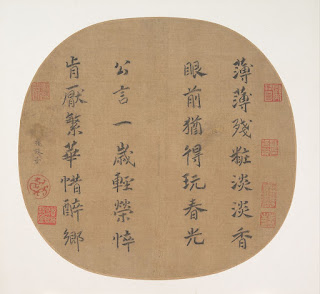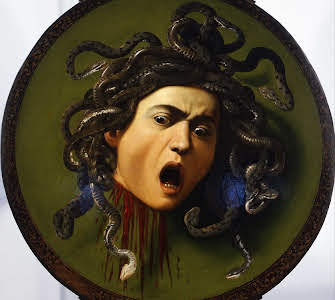Classical Blog: Classical era and the major influences during this era.
Jacques-Louis David, Oath of the Horatii, 1786, Musée du Louvre, Paris.
Artist: Jacques Louis David
Art Name: Oath of the Horatii
Location and time: Paris 1786
I chose to go with these artists; Jacques Louis David, Benjamin West, and Peter Paul Rubens because they were a perfect example of Classical art or Classicism which refers to artwork that draws inspiration from ancient Roman or ancient Greek culture. Classical art was most popular in Western art during the Renaissance period and often depicted scenes from mythology through painting, sculpture, and printmaking. Classicism informs much of the subject matter depicted in history painting.
Artist: Benjamin West
Art Name: Pylades and Orestes Brought as Victims Before Iphigenia
Location and time: London 1766
Ancient Greek and Roman cultures and their artwork valued nobility of character and military prowess. This ties into the growing economic power of the middle class in the 1700s. Before Christianity, both cultures worshiped a pantheon of gods and goddesses. Offerings were often made to these gods and goddesses in hopes of them bringing prosperity and protection to people of all classes. Spirituality was one aspect of culture that had a significant influence on the art and architecture that followed. There were many artists that shared similar art styles. I chose to go with Jacques Louis David, Peter Paul Rubens, and Benjamin West because they all had similar, but separate styles. Benjamin used a lot of blue/green hues and Jacques used very straight lighter colors. I liked both styles because they added to their personality in paint. Peter tended to have more dramatic scenes with bold color choices, great movement, and high contrast of light and darkness.
Overall, this was a fun era with a lot of great movement and the use of different hues, and contrast. I would definitely enjoy looking at these pictures on occasion, but wouldn't own them in my own house.
Peter Paul Rubens, Venus and Adonis, mid-1630s, The Metropolitan Museum of Art, New York.
Artist: Peter Paul Rubens
Art Name: Venus and Adonis
Location and time: New York, mid-1630s
Phyllis Pray Bober and Ruth Rubenstein, Renaissance Artists & Antique Sculpture: A Handbook of Sources (London: H. Miller; Oxford: Oxford University Press, 1986).
David, Jacques-Louis, and France. “Le Serment Des Horaces.” Musée Du Louvre, 3 Oct. 2022, https://collections.louvre.fr/en/ark:/53355/cl010062239.






It's ironic how during this time artistic influence was being redirected from spiritual and religious subject matter, towards more of a critical thinking and logical standpoint; and yet, it did this by utilizing ancient roman and greek mythology and stories, which were often superstitious and spiritual by nature.
ReplyDeleteThese paintings definitely have high importance but I wouldn't want to own any of these. I feel like they all come with a dark conniption, contrary to my liking. I prefer vibrancy, peacefulness and freshness. All of these paintings contain earth tones which is not the style I prefer.
DeleteHi Autumn!
ReplyDeleteI love your details about Greek and Roman cultures and how they influenced this period!
I have always been amazed at those regions works of art. All the pieces you included have great details of rich colors and shadows to show contrast and depth within the scenes. Thank you for sharing! I really enjoy the scene depicted in Venus and Adonis, you can really feel the emotion in it. Did you know that Rubens depicted voluptuous figures because of his 16-year-old wife? Pretty creepy... but we know times were different then I guess.